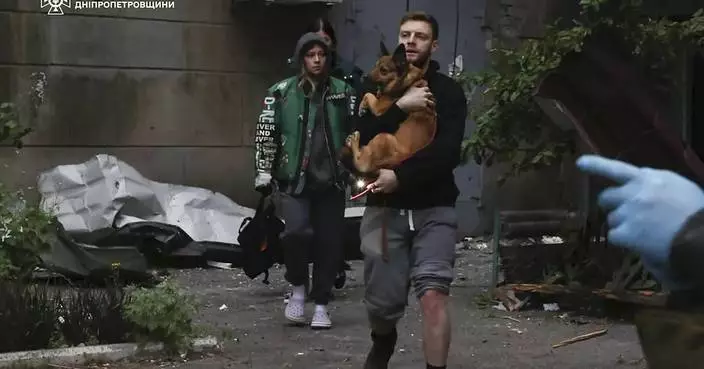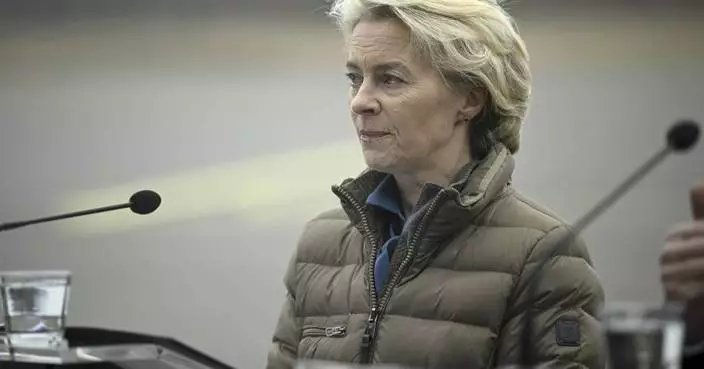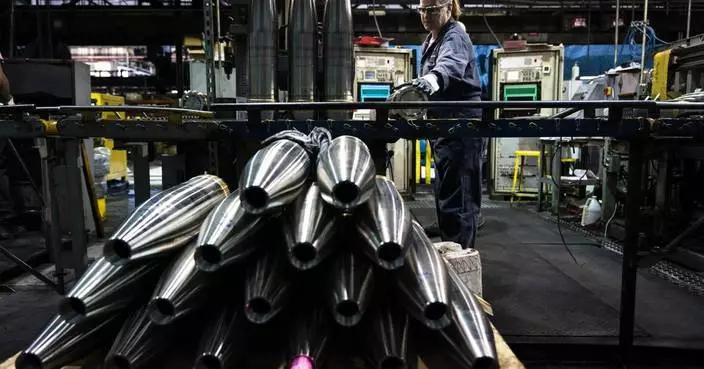Oymyakon, a village in Sakha Republic, is the coldest areas for residency in the world as confirmed by Guinness World Records. A local netizen uploaded a photo showing the icy road and frozen trees with an electronic outdoor sign showing the temperature of minus 50 degrees Celsius.
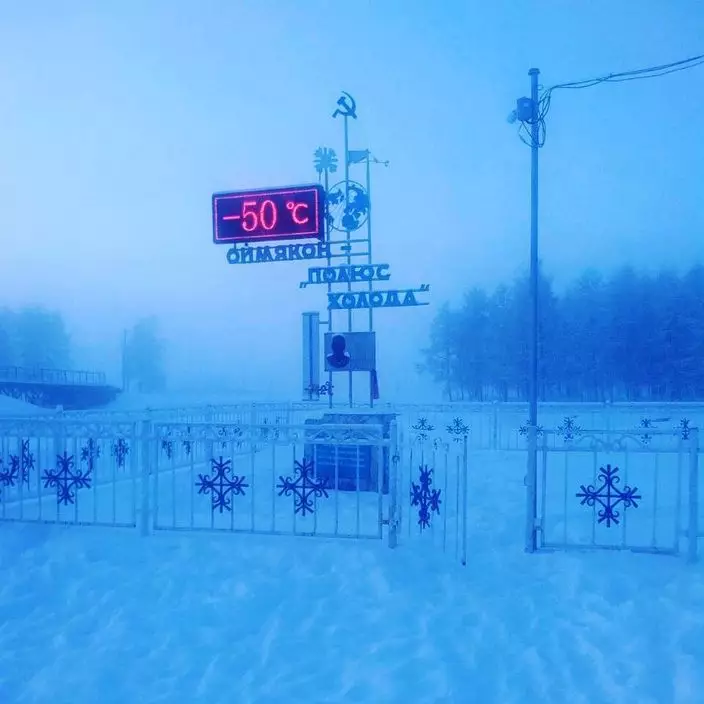
Another netizen shared a video taken in the village of Chokurdakh. It shows a few children were on their way home from school under the blizzard. They were still talking and laughing as usual though they were occasionally blown to the ground. Many netizens didn't understand why they were still going to schools under such severe weather conditions.
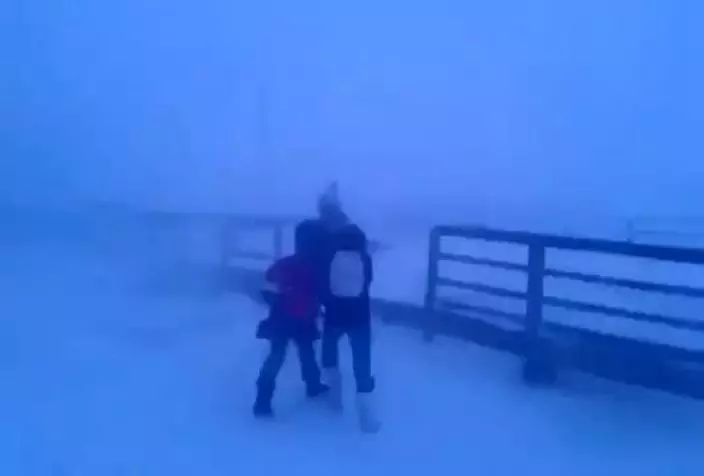
The authorities have actually set a ruling that when temperatures drop to minus 52 degree Celsius, classes of primary 1 to 5 will be cancelled. However, the weather on that day is minus 50 degree Celsius, so the majority of students went back to school. The students in the video said the school decided to dismiss earlier due to the strong wind. All students were picked up by their parents and went home together.

Many netizens in other parts of the world praised the children for their strength and perseverance. Some said the will power of this “fighting tribe” (Russia) was nurtured at a young age. One netizen called them ‘the champion of winter’.
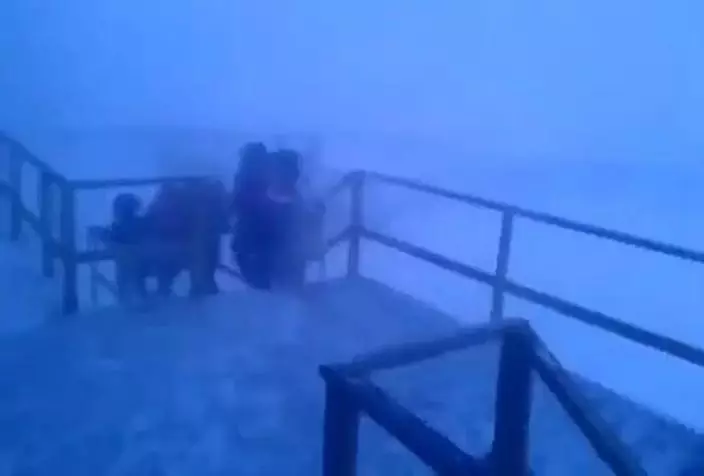
HELENA, Mont. (AP) — BNSF Railway attorneys are expected to argue before jurors Friday that the railroad should not be held liable for the lung cancer deaths of two former residents of an asbestos-contaminated Montana town, one of the deadliest sites in the federal Superfund pollution program.
Attorneys for the company say the corporate predecessors of the railroad, owned by Warren Buffett’s Berkshire Hathaway conglomerate, didn't know the vermiculite they hauled over decades from a nearby mine was filled with hazardous microscopic asbestos fibers.
The case in federal civil court over the two deaths is the first of numerous lawsuits against the Texas-based railroad corporation to reach trial over its past operations in Libby, Montana. Current and former residents of the small town near the U.S.-Canada border want BNSF held accountable for its alleged role in asbestos exposure that health officials say has killed several hundred people and sickened thousands.
Looming over the proceedings is W.R. Grace & Co., a chemical company that operated a mountaintop vermiculite mine 7 miles (11 kilometers) outside of Libby until it was closed 1990. The Maryland-based company played a central role in Libby's tragedy and has paid significant settlements to victims.
U.S. District Court Judge Brian Morris has referred to the the chemical company as “the elephant in the room” in the BNSF trial. He reminded jurors several times that the case was about the railroad's conduct, not W.R. Grace's separate liability.
Federal prosecutors in 2005 indicted W. R. Grace and executives from the company on criminal charges over the contamination in Libby. A jury acquitted them following a 2009 trial.
How much W.R. Grace revealed about the asbestos dangers to Texas-based BNSF and its corporate predecessors has been sharply disputed.
The railroad said it was obliged under law to ship the vermiculite, which was used in insulation and for other commercial purposes, and that W.R. Grace employees had concealed the health hazards from the railroad.
Former railroad workers said during testimony and in depositions that they knew nothing about the risks of asbestos. They said Grace employees were responsible for loading the hopper cars, plugging the holes of any cars leaking vermiculite and occasionally cleaned up material that spilled in the rail yard.
Former rail yard worker John Swing said in previously recorded testimony that he didn’t know asbestos was an issue in Libby until a 1999 newspaper story reporting deaths and illnesses among mine workers and their families.
Swing also said he didn’t think the rail yard was dusty. His testimony was at odds with people who grew up in Libby and recall dust getting kicked up whenever the wind blew or a train rolled through the yard.
The estates of the two deceased plaintiffs have argued that the W.R. Grace’s actions don’t absolve BNSF of its responsibility for knowingly exposing people to asbestos at its railyard in the heart of the community.
Their attorneys said BNSF should have known about the dangers because Grace put signs on rail cars carrying vermiculite warning of potential health risks. They showed jurors an image of a warning label allegedly attached to rail cars in the late 1970s that advised against inhaling the asbestos dust because it could cause bodily harm.
BNSF higher-ups also should have been aware of the dangers because they attended conferences that discussed dust diseases like asbestosis in the 1930s, attorneys for the plaintiffs argued.
Family members of Tom Wells and Joyce Walder testified that their lives ended soon after they were diagnosed with mesothelioma. The families said the dust blowing from the rail yard sickened and killed them.
In a March 2020 video of Wells played for jurors and recorded the day before he died, he lay in a home hospital bed, struggling to breathe.
“I’ve been placed in a horrible spot here, and the best chance I see at release — relief for everybody — is to just get it over with,” he said. “It’s just not something I want to try and play hero through because I don’t think that there’s a miracle waiting.”
The Environmental Protection Agency descended on Libby after the 1999 news reports. In 2009 it declared in Libby the nation’s first ever public health emergency under the federal Superfund cleanup program.
The pollution in Libby has been cleaned up, largely at public expense. Yet the long timeframe over which asbestos-related diseases develop means people previously exposed are likely to continue getting sick for years to come, health officials say.
Judge Morris on Thursday rejected the railroad’s requests for verdicts in its favor before the case reached the jury.
BNSF attorneys asserted it was not liable in Libby because the railroad's duties as a “common carrier” of goods shielded it from some legal claims.
But Morris said the plaintiffs offered sufficient evidence that the railroad’s actions fell outside those legal protections because it conducted “abnormally dangerous activity” by maintaining a railyard with asbestos that could go airborne and spread into Libby.
The judge cited last year’s derailment and fire of a Norfolk Southern train carrying chemicals through East Palestine, Ohio. A court found that some of the railroad's actions in East Palestine weren't shielded by the law because it voluntarily blew open cars and burned the chemicals after the derailment so that it could resume running trains.
Morris said BNSF's actions likewise were not shielded because it was not bound by public duties to maintain the rail yard as it did.
Brown reported from Billings, Montana.
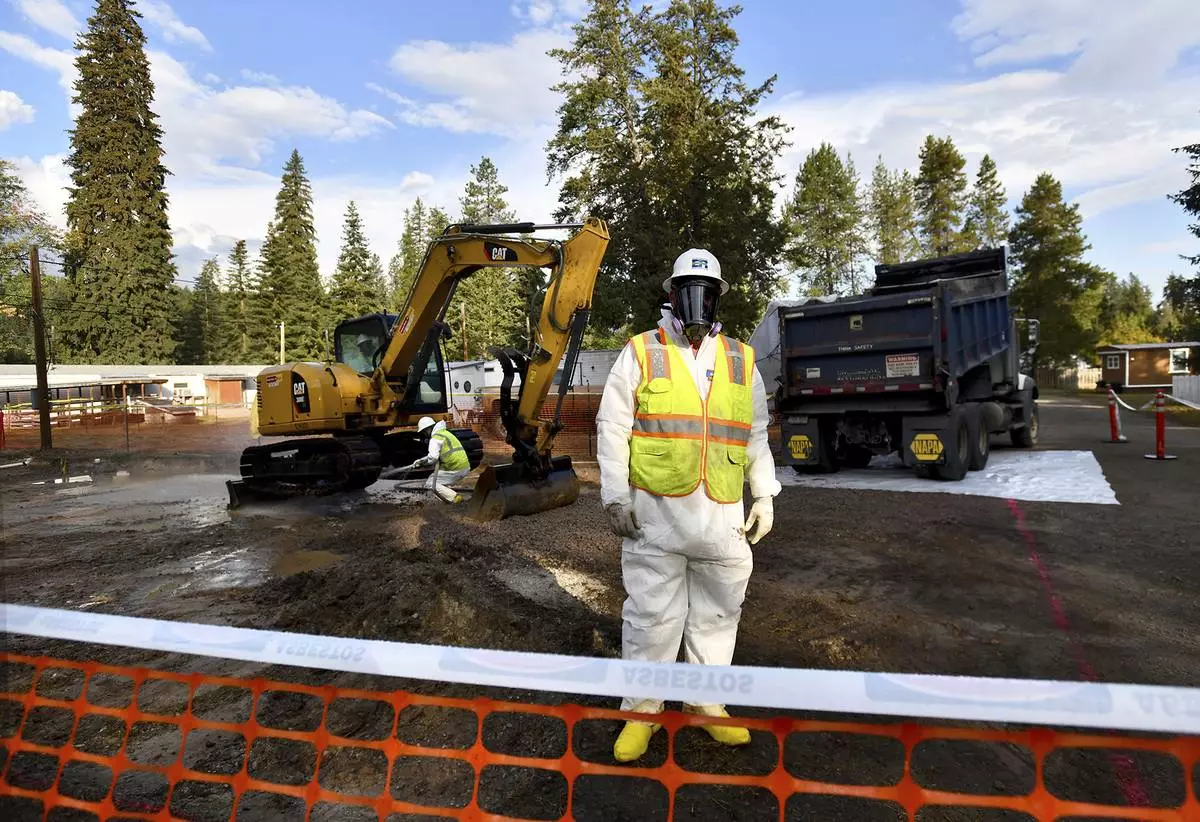
FILE - Environmental cleanup specialists work at one of the last remaining residential asbestos cleanup sites in Libby, Montana, in mid-September. BNSF Railway attorneys are expected to argue before jurors Friday, April 19, 2024, that the railroad should not be held liable for the lung cancer deaths of two former residents of the asbestos-contaminated Montana town, one of the deadliest sites in the federal Superfund pollution program. (Kurt Wilson/The Missoulian via AP, File)

FILE - Dr. Lee Morissette shows an image of lungs damaged by asbestos exposure, at the Center for Asbestos Related Disease, Thursday, April 4, 2024, in Libby, Mont. BNSF Railway attorneys are expected to argue before jurors Friday, April 19, 2024, that the railroad should not be held liable for the lung cancer deaths of two former residents of the asbestos-contaminated Montana town, one of the deadliest sites in the federal Superfund pollution program. (AP Photo/Matthew Brown, File)
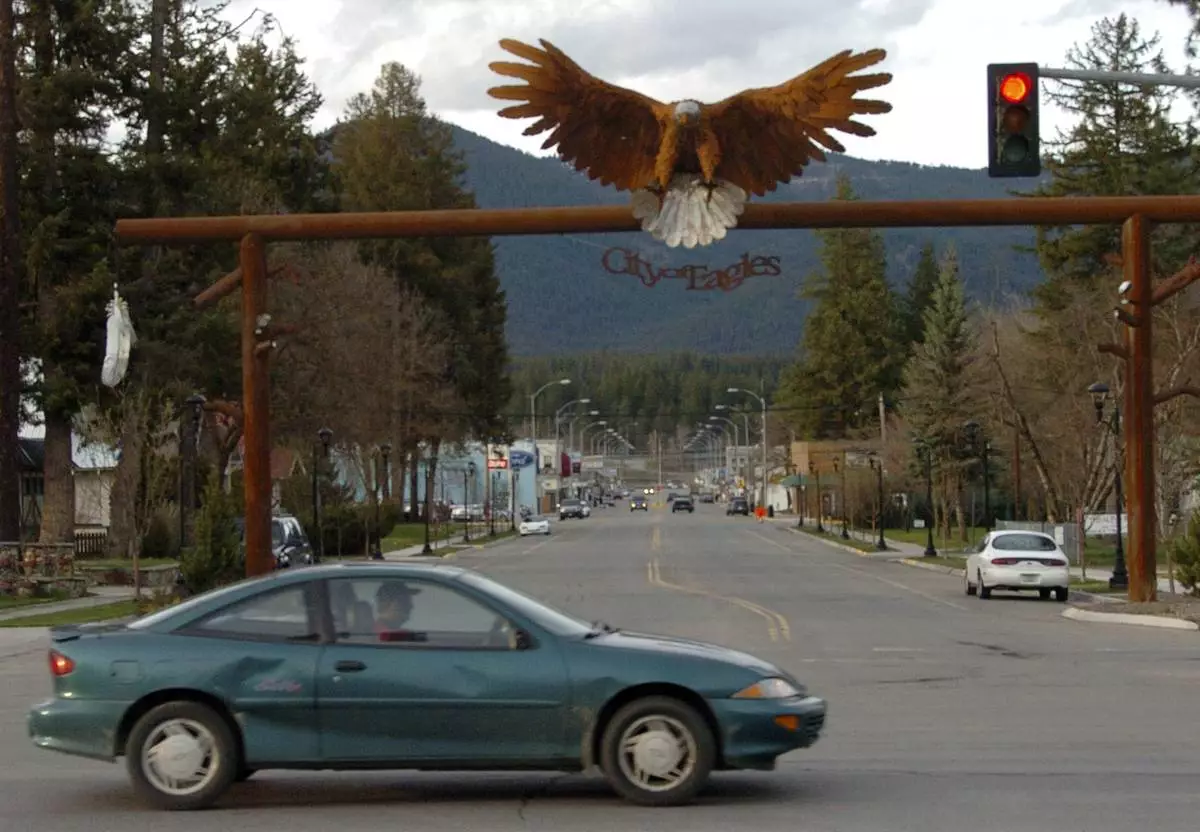
FILE - In this April 27, 2011, file photo, the entrance to downtown Libby, Mont., is seen. BNSF Railway attorneys are expected to argue before jurors Friday, April 19, 2024, that the railroad should not be held liable for the lung cancer deaths of two former residents of the asbestos-contaminated Montana town, one of the deadliest sites in the federal Superfund pollution program. (AP Photo/Matthew Brown, File)











